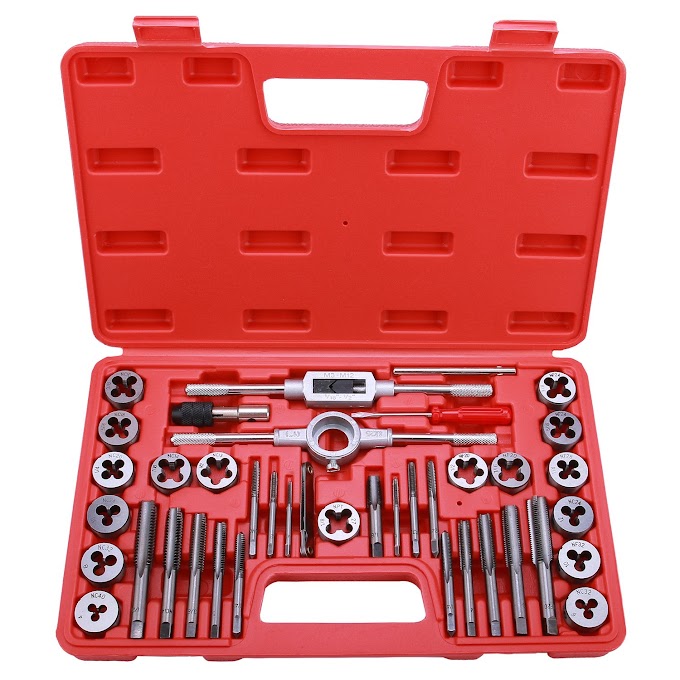Lean manufacturing is a development that is bringing change to how industries are working. Also known as lean production, this system can bring greater efficiency across a wide variety of sectors.
What is lean manufacturing?
The idea behind lean manufacturing is that it maximizes productivity while minimizing waste. Under these principles, waste is something that adds no value to the product and that customers will not pay for. It is designed to ensure an industry can take full advantage of itsresources while losing the waste that drags down productivity. Ultimately, it should streamline services, reduce costs and provide savings, as well as better value for the customer.
The advantages of lean manufacturing
The main advantage to lean manufacturing is that it reduces the waste that can render a process inefficient. Waste can take different forms, including unused materials or idle and ineffective workers. Another form of wastage is that of time. By boosting efficiency, goods and services can be delivered faster.
When working with the principles of lean manufacturing, there are also reduced costs. Unproductiveworkers still need to be paid, and unused materials or surplus products need storage or disposal, resulting in higher costs for the industries. By reducing waste, the costs are also reduced, while the profits are maximized. This good-value can also be passed on to the customers.
Quality too can be improved by lean manufacturing as the more effective process allows industries to meet the needs of their customers. Reducing wastage is also an environmentally friendly action, as industries cut out unnecessary landfill, transportation, and energy usage.
Ways to use lean manufacturing principles in industry
Simplifythe manufacturing system by breaking it down into its composite parts and seeing where waste can be reduced
Review procedures, seeing where they can be made more efficient and how staff can be usedmore effectively
Make design improvements. When designing a product, there are often improvements that can be made, taking advantage of the more efficient procedures and systems
Involve everyone.Take advantageof the knowledge and skills of the workforce, getting feedback from them onareas that can be improved.
Fast delivery. Meeting orders quickly will help ensure supply does not outstrip demand. It also reduces storage costs.
Preparing industry for lean manufacturing
New systems inevitably take a bit of getting used to, and there is likely to be some trial and error while the new systems are implemented. It may be that additional training will be needed to train the workforce for any new procedures and practices.
Course providers are rising to meet this demand in skilled workers in lean manufacturing. For those wanting to work in the automotive industry, Kettering University offers an online master’s degree in lean manufacturing that gives its students the skills to streamline manufacturing processes, reduce waste and improve the quality output, a valuable option for any with a future in this industry.
The challenges and opportunities of lean manufacturing remain ongoing, as industries find ever more ways to boost productivity and reduce waste while delivering quality to their customers.






0 Comments